Who is Hans Harman?
Hans Harman is the current President and CEO of Momentum Earthworks, LLC and current President of Velocity Property Group located in Harrisonburg, VA. Hans has ample experience with construction projects from successfully managing over 40 million dollars of new construction projects from when he was a Construction Project Manager for Harman Construction, Inc. from 2008 to 2011. In 2009, Hans managed all phases of the development process for Velocity Property Group including: zoning and local government relations, property acquisitions, networking, marketing, and branding. Then, in 2011, Hans completed a company asset acquisition of a local longstanding site excavating company which became Momentum Earthworks, LLC. Hans has grown the company from 7 full-time employees to 30 full time employees while tripling the revenues in the first 36 months.
Hans currently serves as President of the AGC of Virginia Valley District Executive Board. He also serves Shenandoah Valley Builders Association Board, Harrisonburg Downtown Renaissance, and VMRC foundation boards. He is also very involved in several church based and civic organizations. In 2017 Hans was recognized as the Harrisonburg Rockingham Chamber’s Entrepreneur of the year, as well as being listed in the Shenandoah Valley Business Journal’s “Top 10 under 40” innovative leaders. Meeting Tonight at 6 P.M.
Like most events these days, the meeting will be held virtually which means you can don some St. Patrick's Day swag while Hans shares his experience with real estate development in Harrisonburg and the Shenandoah Valley tonight from 6 p.m. until 8 p.m. So grab some green beer and join us here!
About Harrisonburg Real Estate Investors Network
The Harrisonburg Real Estate Investors network is a group of experienced investors, agents, lenders, attorneys, insurance brokers, contractors, and real estate newbies looking to grow their business. They focus on real estate investing ranging from residential to multifamily investments and active to passive real estate investing. Their goal is to establish a community of real estate professionals, both amateur and experienced, that creates the network and environment to grow everyone’s business. Check out their Facebook page or join their Meetup group to get more information about upcoming meetings!
0 Comments
A kitchen is central to both the style and functionality of a home. The average American spends about 40 minutes per day in the kitchen preparing food and cleaning up after meals. We want to enjoy the environment that we spend this time in. A beautiful kitchen countertop can really define the space and set the tone for the style of your kitchen. A countertop also must be functional for cooking on. Most countertops in residential kitchens are made of one of ten common materials. In this post we’ll explore the 10 best countertop materials currently on the market.
With so many options to choose from, finding a countertop material for your kitchen includes considering subjective and objective criteria. When you are looking at countertop materials, take these five factors into consideration:
1. Laminates
A budget friendly and versatile option, laminate countertops are made by bonding a plastic laminate sheet to a particleboard (MDF) core. Popular brands of laminates include Formica, Nevamar, and Wilsonart. These countertops can be purchased ready-made as a post-form countertop or custom made to your specifications.
While they have been seen in a negative light in the past for being cheap, laminates have recently become more popular because of the thousands of varieties available. They come in an endless array of colors and patterns and are now popular in retro style kitchens, particularly mid-century modern styles. Laminates are the best option for those on a tight budget. They are easy to clean, but can stain if not cleaned quickly enough. They are somewhat heat resistant, but can be scorched or discolored by hot pans. Laminate will not melt. Cost: $15-40 per square foot, installed Pros
Cons
2. Ceramic Tile
A second budget-friendly and DIY-friendly option is ceramic tile. Tiles come in more options than ever before, they can be made to look like wood, marble, leather, or cork. In fact, ceramic tile comes in more options than any of the other ten materials.
Tile is very durable and heat resistant, but much less expensive than natural stone, quartz, or solid-surface countertops. On the downside, tile creates an uneven surface that may make it more difficult to prepare food on. It can also be difficult to maintain clean grout lines between the tiles, although grout comes in a variety of different colors. Generally, ceramic tile countertops do not contribute to the resale value of a home, but tile is still very popular as backsplash, wall and floor material. Cost: $18-35 per square foot, installed Pros
Cons
3. Solid-surface material
This relatively new material has been around for about 50 years. Solid-surface material is a manufactured material that blends acrylic particles and resins, which are formed into sheets and other shapes. It can be formed into countertops or sinks and can create a seamless surface. It was initially seen as a “space age” material that tried to mimic natural stone, although it does not convincingly resemble either natural or engineered stone.
Solid-surface material is a mid-range cost option that can be a good alternative to natural stone or quartz for large kitchens with lots of countertop space.The material will eventually wear out over time. It can be scorched by hot pans, but scorch marks can also be sanded out. In terms of resale value, solid-surface material is generally perceived more positively by buyers than laminate or tile. Cost: $35-85 per square foot, installed Pros
Cons
4. Marble
A timeless source of beauty, marble is a natural stone widely used in ancient architecture. Traditionally associated with luxury, marble actually costs less than many of the other options in countertop materials. It is sometimes used in only a small part of a kitchen. It comes in a variety of colors and patterns, and because it is natural, each piece is unique.
Marble is one of the softer natural stones, making it less durable and easier to damage than granite or soapstone. It can scratch and stain, but using a sealer will help to maintain its appearance. Cost: $40-100 per square foot, installed Pros
Cons
5. Granite
Considered a premium material, granite is the most popular natural stone used for kitchen countertops. Granite is thought of as elegant and luxurious, and remains a common option for kitchen projects where money is no object. It comes in a very wide array of colors and patterns. Although it is expensive, the cost has come down in recent years as supplies have increased. Granite is a clear favorite of both realtors and home buyers.
Granite is one of the hardest natural stones, and may be the most durable of the stone options in the top 10 countertop materials. It will not burn, but lighter colors can stain. Sealing helps prevent granite from staining. It varies more in price than any other countertop material. Cost: $45-300 per square foot, installed Pros
Cons
6. Soapstone
A third option for natural stone, soapstone has a dark gray color and a smooth, satiny texture.It has recently become a popular choice in kitchen countertop material, and can also be made into a sink. Soapstone is particularly popular in historic homes, but can also lend a striking element to modern kitchen designs.
Soapstone is very hard and resistant to heat and stains. Over time, it develops a patina that lends it an antique look. Although it is a durable surface, it will scratch. It has a more expensive starting price than marble or granite, but does not go into the higher ranges like granite does. Cost: $55-100 per square foot, installed Pros
Cons
7. Quartz (Engineered Stone)
“Quartz” is a manufactured stone product made from 93% quartz particles and other minerals formed into slabs that are bound with resins. The quartz comes from leftover stone from quarries, making it a low-environmental impact option. Companies that produce quartz include DuPont Zodiaq, LG Viatera, Cambria, and Silestone. It was created as a stone product that performs better than granite or marble, and can closely resemble either of those natural stones. It comes in even more colors than granite, and overall, may be the best value. Some buyers even prefer quartz to granite .
Quartz has a non-porous surface, unlike porous natural stone. It doesn’t stain, scratch or scorch, and may be the least high-maintenance option. Quartz does not require sealing. Cost: $55-155 per square foot, installed Pros
Cons
8. Wood or Butcher Block
A unique option for a kitchen countertop, wood or butcher block has a distinctly warm, organic look to it. Wood countertops are particularly attractive in historic homes. Wood countertops are available in a wide variety of colors and finishes, but most are made from hardwoods like maple and oak.
Wood is fairly durable and very resistant to heat. It needs to be well-cared for to remain clean and attractive, and must be sealed very frequently to prevent staining. Use mineral oil on wood frequently to keep it in good condition. Although it can look very beautiful, wood countertops are an unusual choice that do not add any resale value to your home. Cost: $60-100 per square foot, installed Pros
Cons
9. Concrete
Endlessly malleable and extremely durable, concrete can be custom made in almost any shape and form a seamless countertop and sink unit. Currently, concrete is very trendy in new, modern homes. Concrete countertops are cast into forms directly in your kitchen, and must be installed by skilled professionals.
Although countertops are made from a different type of concrete from that used for sidewalks, they remain very heavy. They are heat resistant and scratch resistant, but can be scorched by hot pans. Cost: $70-$140 per square foot, installed Pros
Cons
10. Stainless Steel
Originally reserved for commercial kitchens, stainless steel has recently become trendy in high-end residential kitchens. It has a distinctive contemporary and industrial style that works well in a new, modern home. Unlike most other materials, stainless steel can’t be modified, so it always looks the same. Stainless steel can create seamless countertop and sink units.
Stainless steel is very heat resistant, and doesn't burn. It can stain, but it does not rust. In addition to being the most expensive countertop material, stainless steel may be seen as unattractive by buyers who don’t follow new trends in materials. Cost: $80-250 per square foot, installed Pros
Cons
Sources https://www.thespruce.com/top-kitchen-countertops-1977143 https://www.thespruce.com/best-countertops-rated-1822096 https://marble.com/articles/how-much-for-soapstone-countertops https://www.thespruce.com/wood-countertops-for-the-kitchen-1822080#:~:text=Cost%20of%20Wood%20Countertops,are%20for%20solid%2Dwood%20materials. https://www.marblesystems.com/kitchen-countertops/ https://www.housebeautiful.com/home-remodeling/interior-designers/a28900727/kitchen-countertop-materials/ In our last post we explored some of the pros of buying new construction. In this post we’ll look at the downside of buying new construction, and the pros of buying existing construction.
The Cons Location Buying new construction usually limits you in terms of location. New construction typically takes the form of sprawling suburban neighborhoods or urban high-rises. Suburban neighborhoods may be spacious, but they’re also typically farther from a town center, adding to a daily commute. High-rises are in the middle of the action, but offer little outdoor space. Landscaping Existing construction often has better landscaping surrounding the home, including large trees that provide shade in the summer, block the winter wind, and also muffle the sounds of traffic. It’s possible to transplant trees onto a new lot, but it takes years for the landscaping to mature. Exterior New constructions often have cookie-cutter exteriors in order to appeal to the largest number of people possible. Expect to pay extra to customize a new construction to stand out on the block. Wait Time This isn’t an issue if you are purchasing a pre-existing new construction, but if you’re building a new home, the wait time is significant. On average, building a new home takes five or six months. Source: https://www.zillow.com/home-buying-guide/buying-a-new-home/ 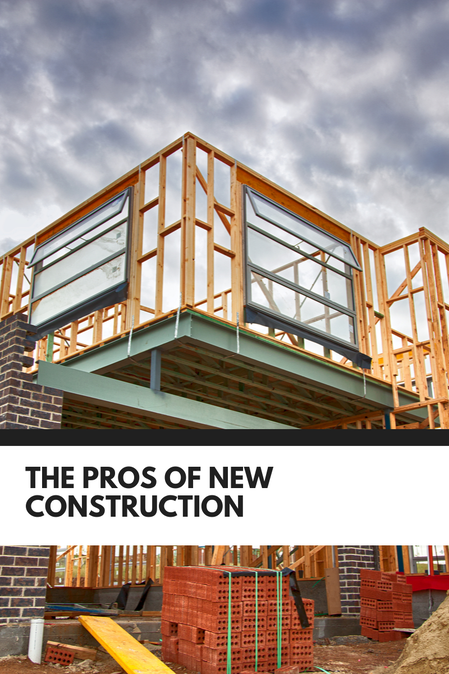 One of the decisions you will need to make in choosing a new home is whether you want to look at pre-owned homes or new construction, either custom-built or pre-existing new construction. It’s a matter of personal taste. Some people prefer a shiny new home that hasn’t been lived in before, while others prefer a home touched by the patina of time. There are pros and cons to purchasing a newly constructed home. Let’s explore some of the pros. For a list of the con's click here. The Pros Modern Floor Plan If you opt for custom construction, you can build your dream home with the floor plan tailored to your wants and needs. Even if you buy a pre-made new construction, you will benefit from a modern floor plan. Most new constructions feature kitchens that open up to a living room so you can cook and still be part of the action happening elsewhere in the house. In addition, new constructions typically have larger rooms and more sunlight than older houses. Custom Features Even if the house isn’t custom built, there can still be an opportunity to add custom finishes. You will just need to be in communication with the builder prior to the completion of the house. This will add on to the cost of the house, but can also be a good compromise between the expense of a custom built home and the cookie cutter quality of a non-custom build. Energy Efficiency Newer homes feature appliances, insulation, and windows that are more energy efficient. Lower heating and cooling expenses mean a lower utility bill for owners. “Smart” Technology New homes include “smart” technology that can allow you to automate different systems and features of the home, including alarm systems, speakers, cable, and internet. Healthier Indoor Air New constructions are typically made from materials that are low or zero VOC (volatile organic compound), meaning they output fewer toxic chemicals into the air. Maintenance A new home costs less to maintain, and makes monthly payments more predictable because repairs will likely be unnecessary. Warranties can provide protection for your new home for years, eliminating any up front repair costs. Amenities Whether a new construction is an urban condo or a sprawling suburban mansion, many new constructions come with attractive amenities. Urban amenities can include parking, a pool, and security staff, while suburban locations may come with parks, pools, and other community spaces. Timing Buying new construction can give you more time to work on the move. For a single family home, new construction typically takes about 5 months, while condos take about 6 months. This means you don’t have to rush into buying your new home. Reach out to me if you would like examples of new construction communities in the area, building lots, and/or builders I recommend. |
Categories
All
|

Email - Click Here
Phone - 540-246-9067 Website - www.mattiasclymer.com Schedule a Meeting, Download Contact Card, Etc... |
Funkhouser Real Estate Group | 401 University Boulevard, Harrisonburg, VA 22801 | 540-434-2400 | ©2021 | Privacy Policy | All rights reserved.
Licensed in the Commonwealth of Virginia
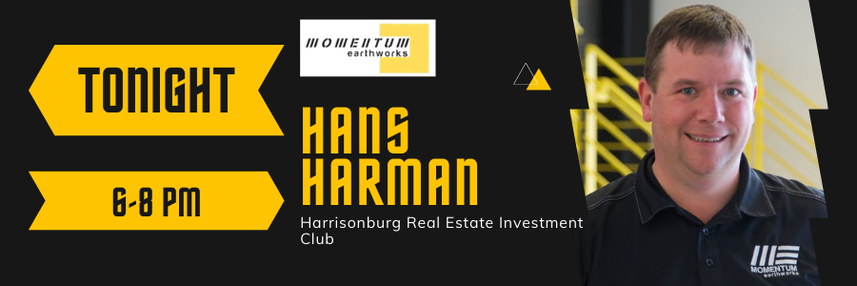
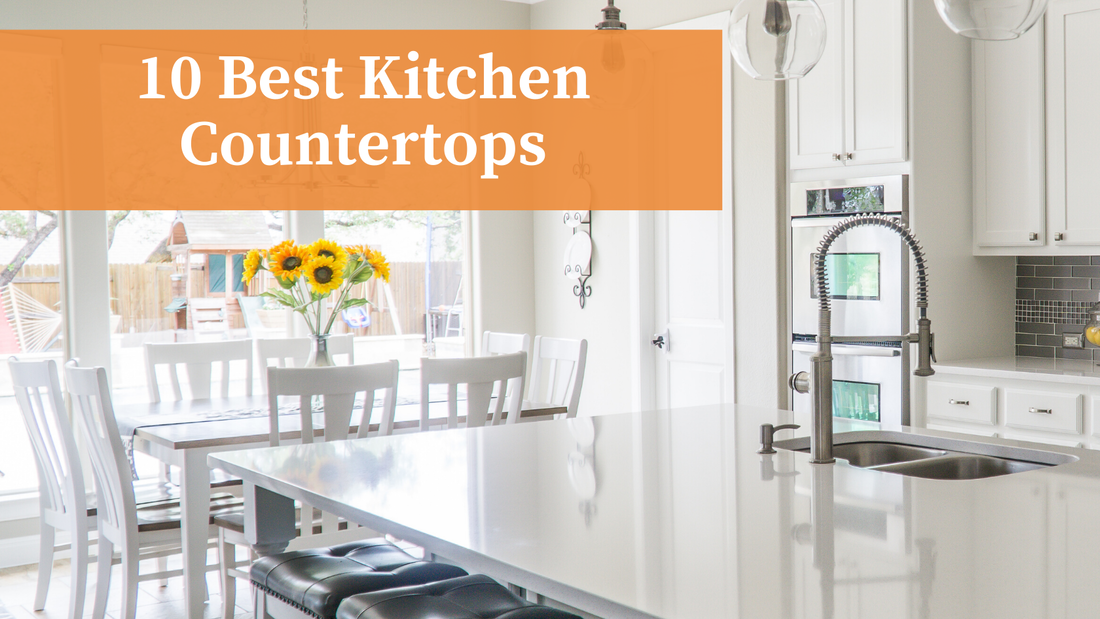
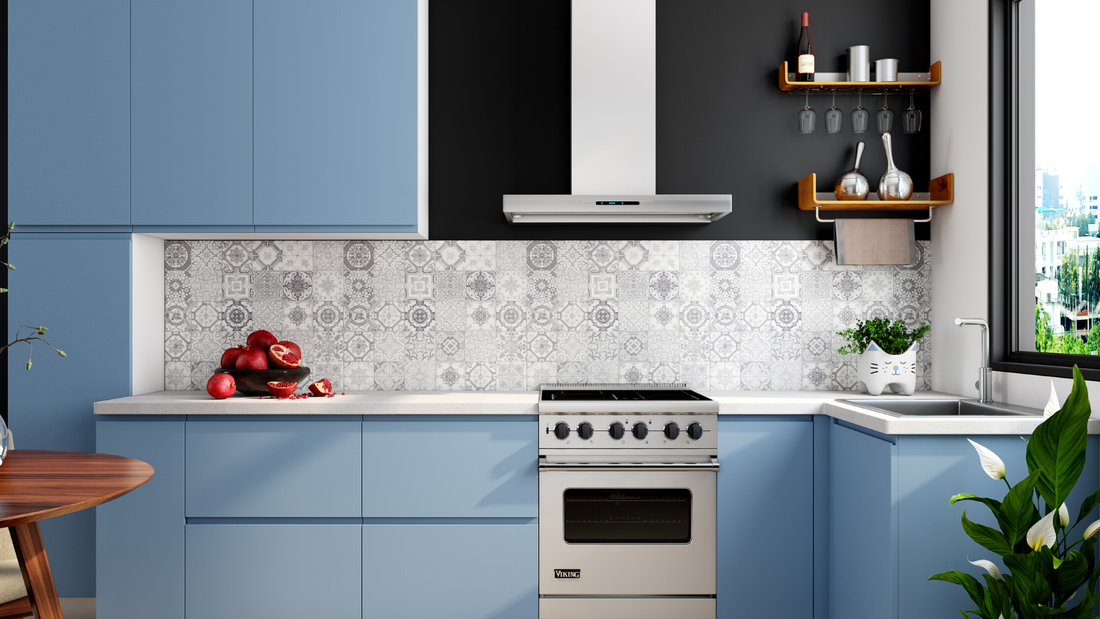
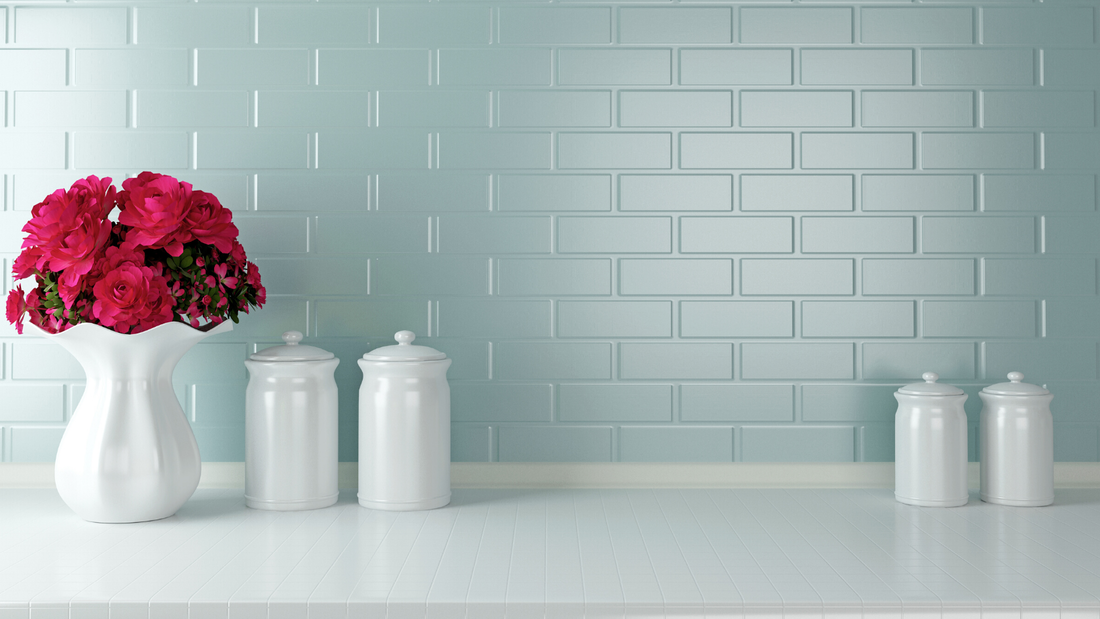
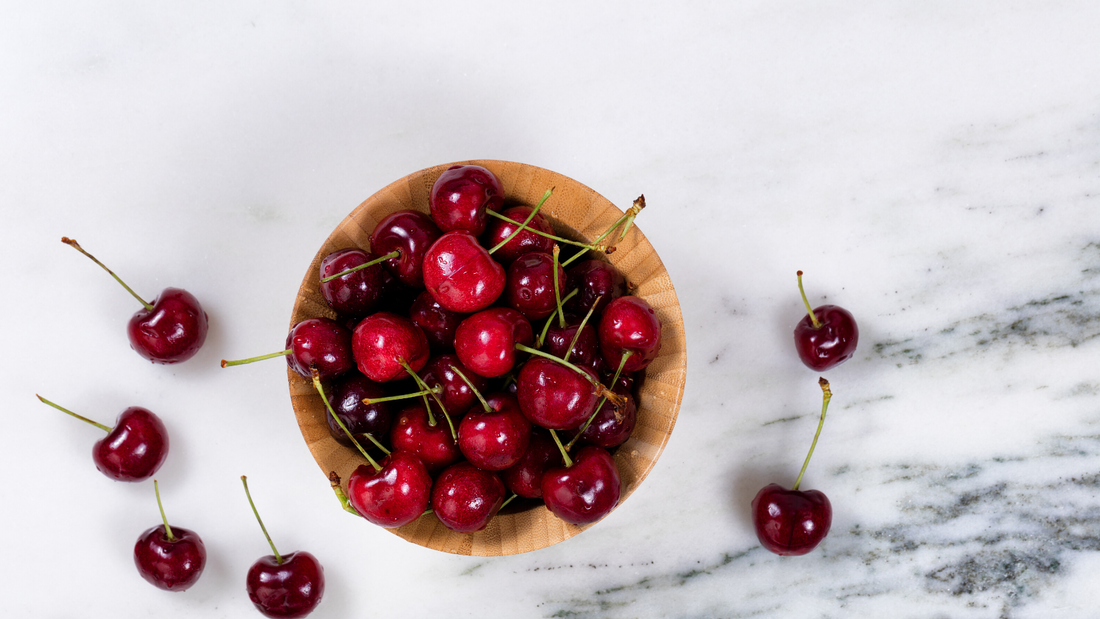
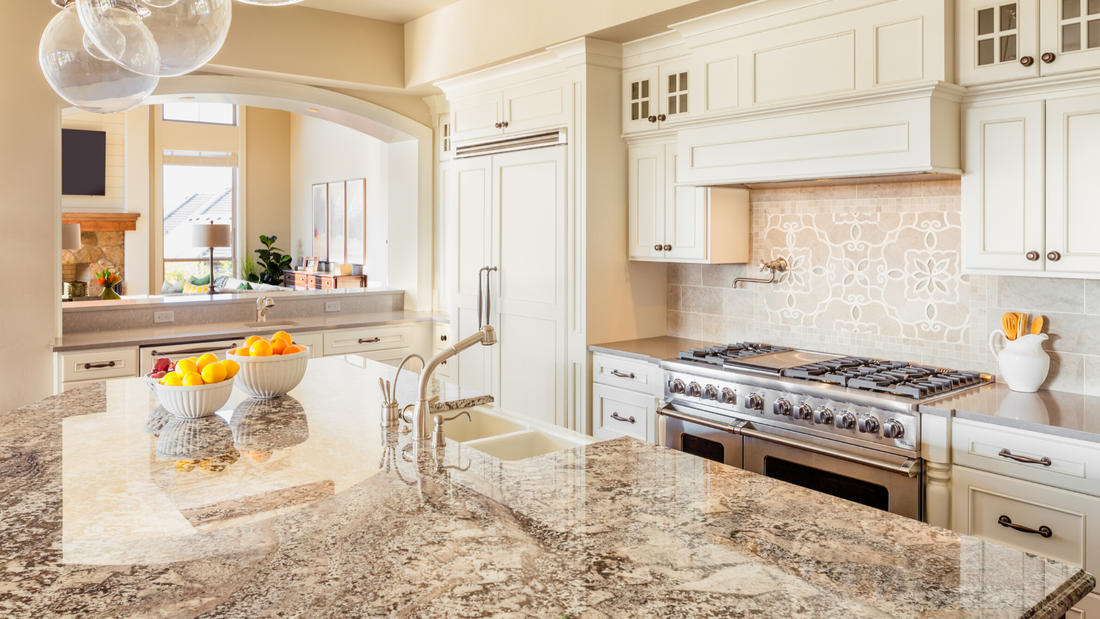
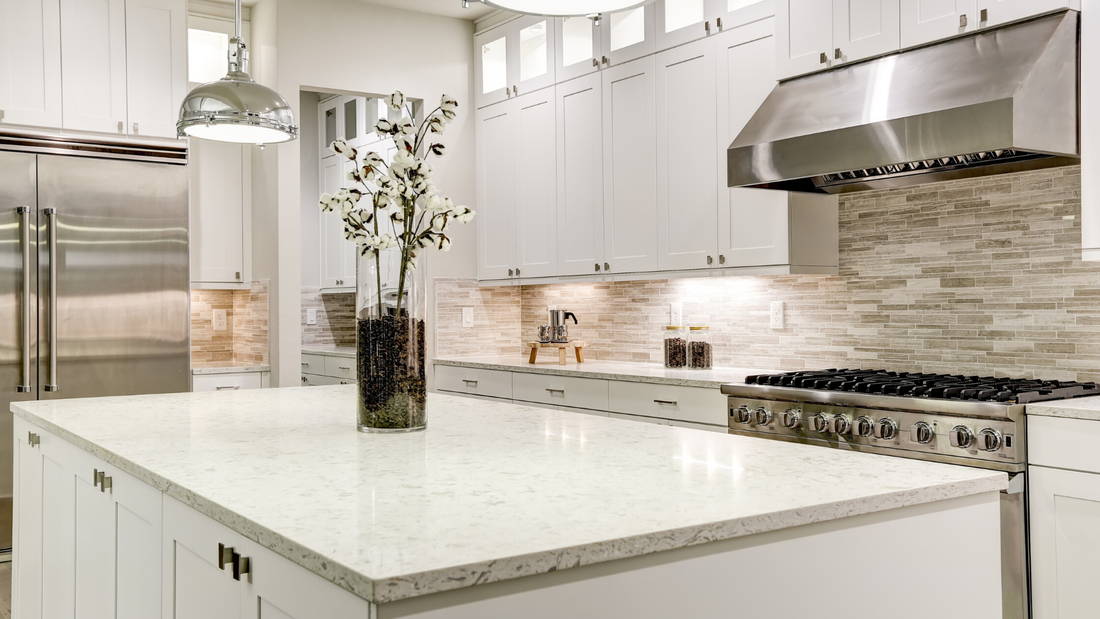
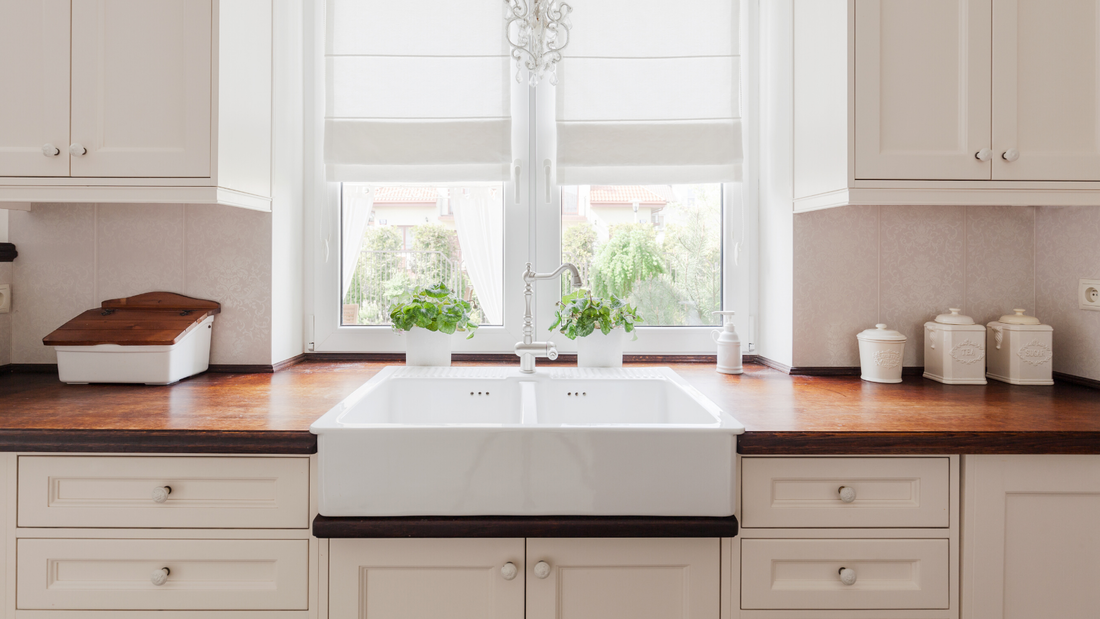

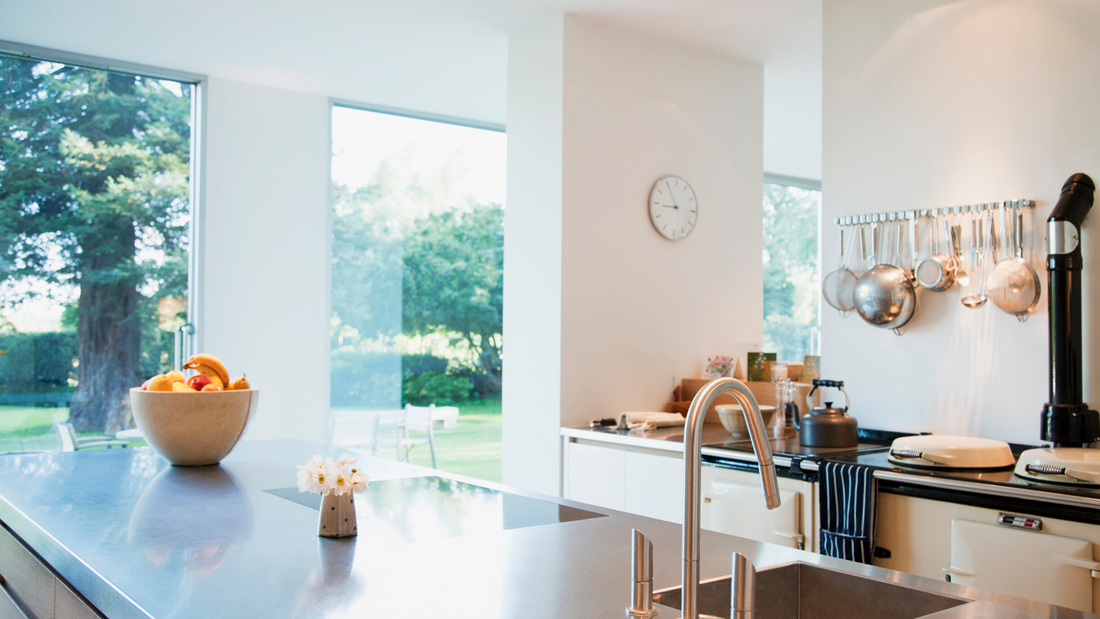
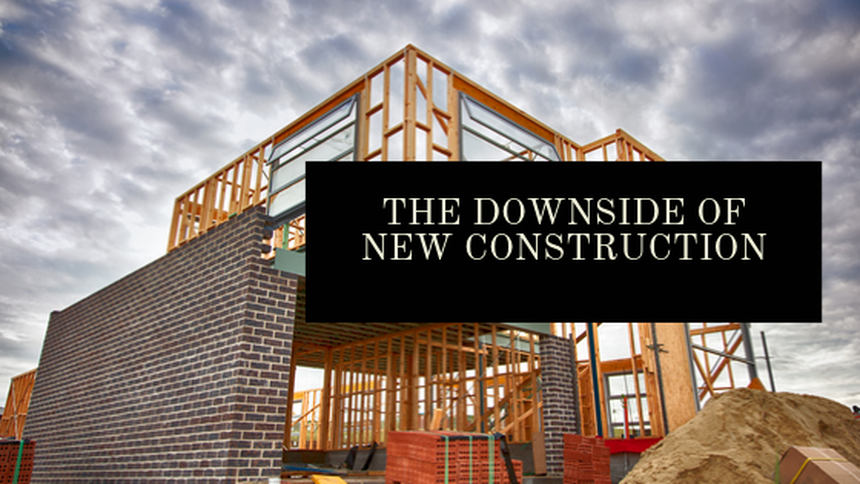
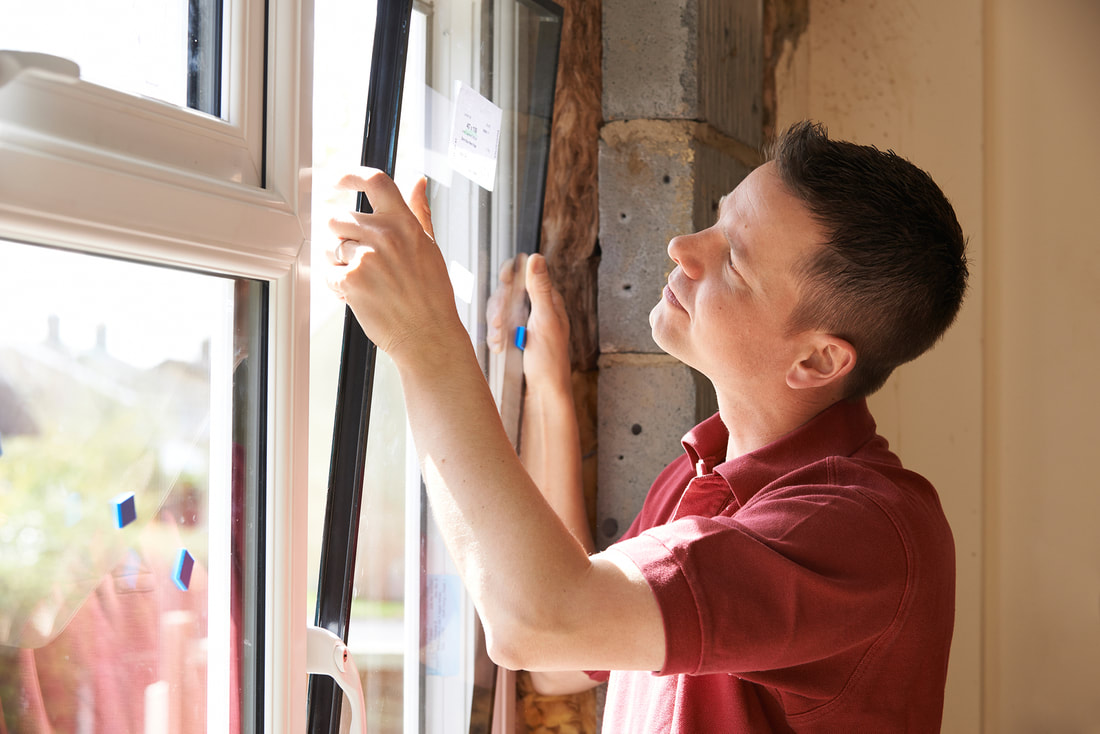
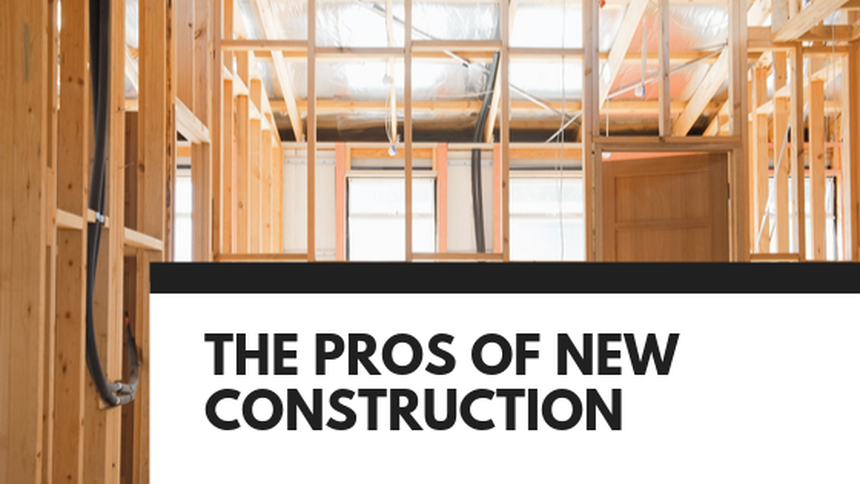

 RSS Feed
RSS Feed
